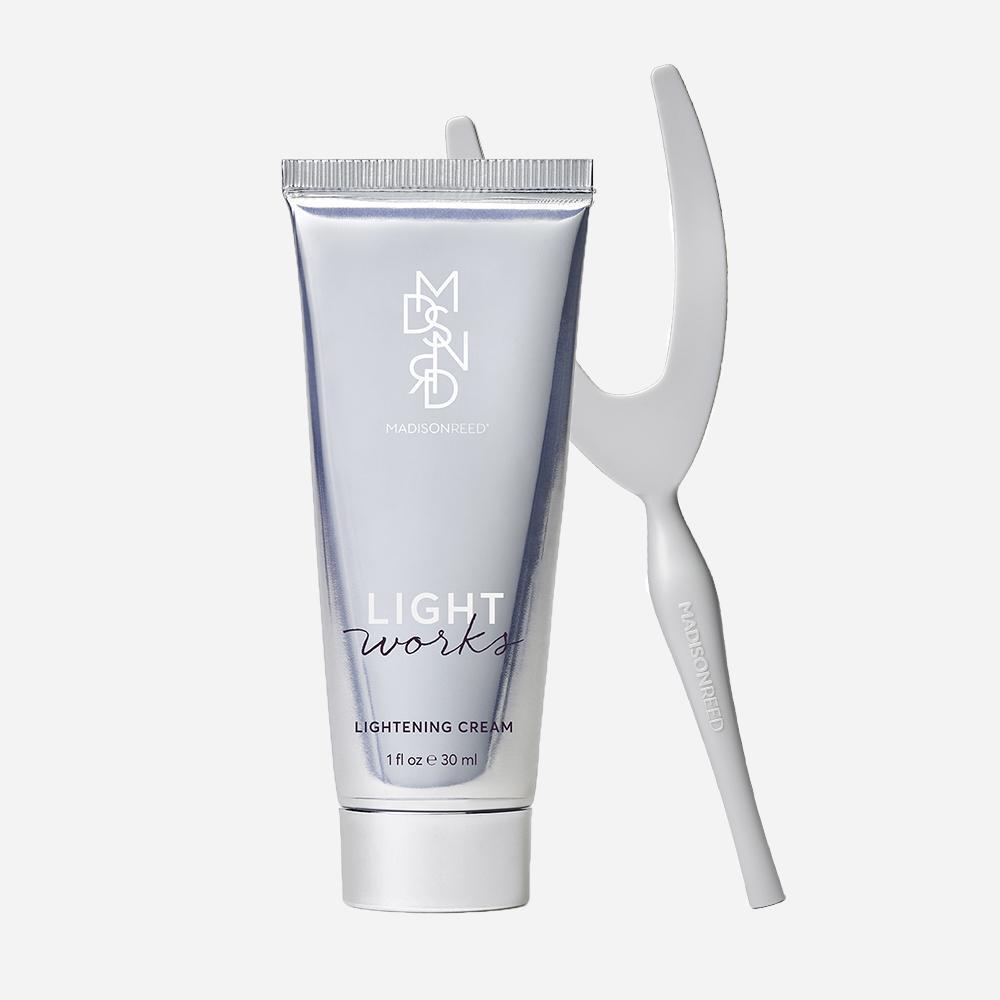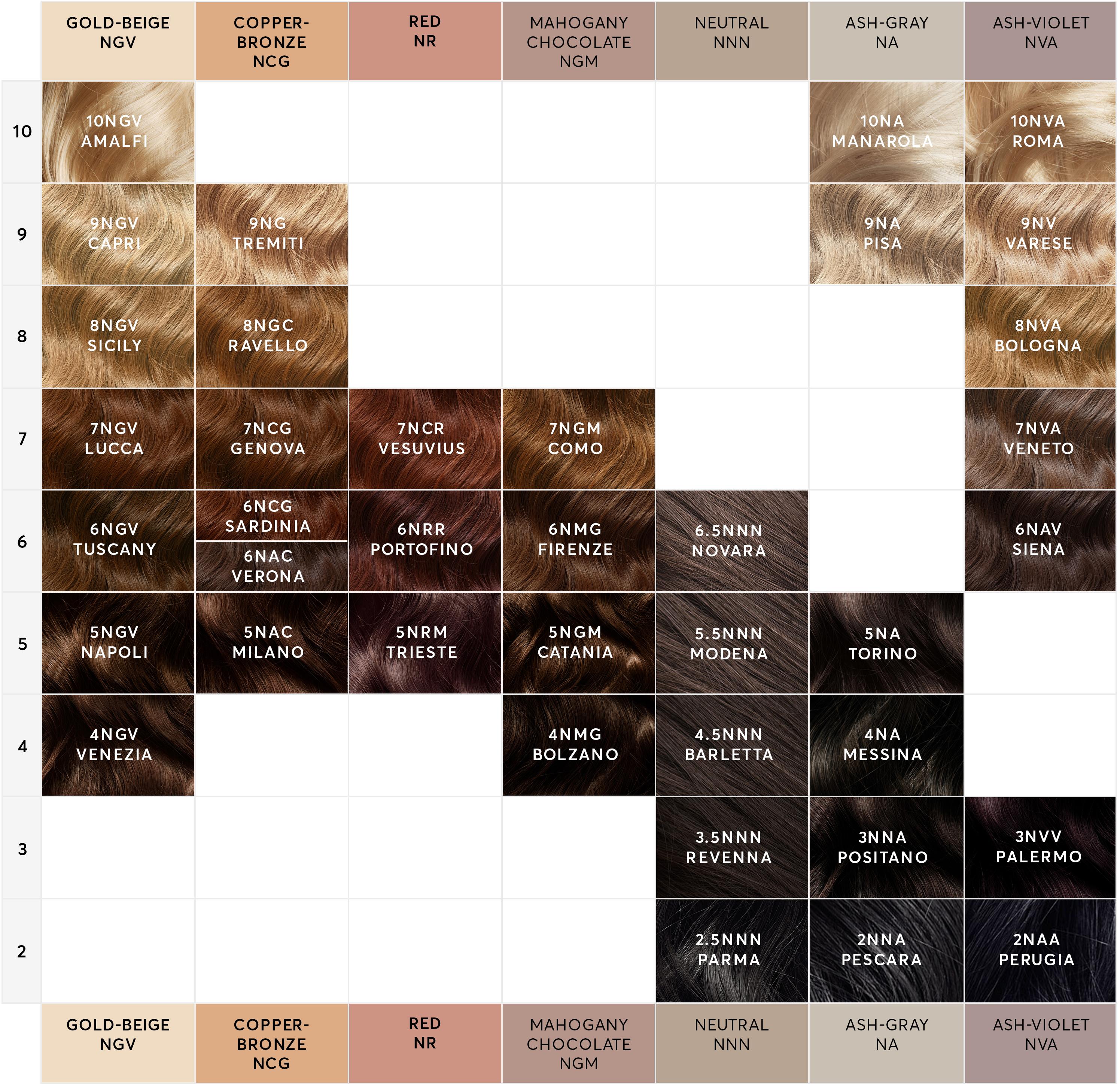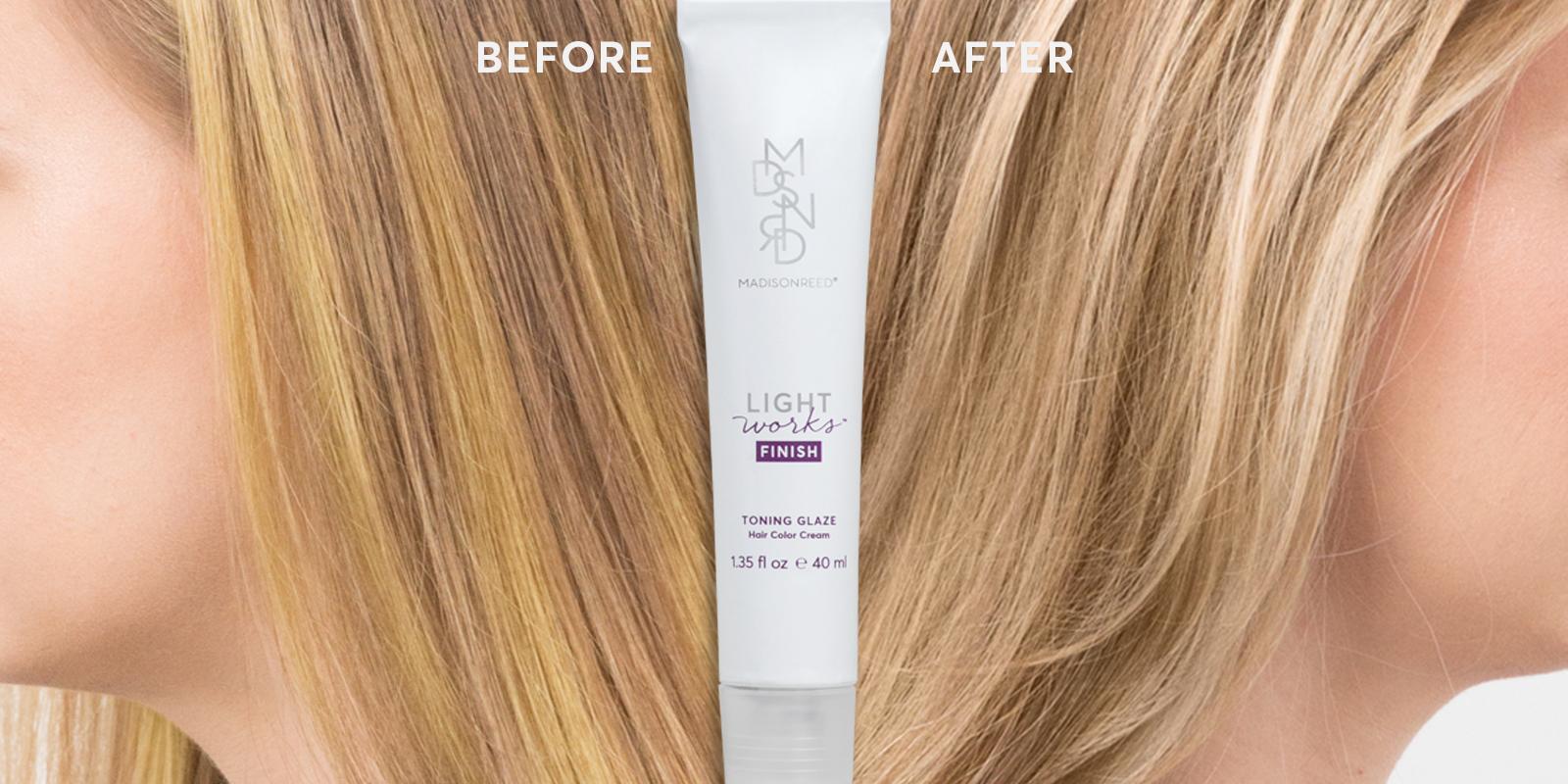Ombré ... It's everywhere. Makeup, t-shirts, sweatpants, hair—the ombré obsession shows no signs of slowing down. And why should it? It's stunning. If you love the ombré style for your hair, the great news is you can easily do ombre hair at home using the balayage technique.
If you’re wondering what the difference is between ombré and balayage, you’re not alone. We’ll break it down for you.
• Ombré is more of a look, where the ends of the hair are noticeably lighter than the rest of the hair. It goes from dark at the roots to light on the ends and is typically more dramatic in contrast between the roots and ends. Historically, ombré (which is a French word that means shaded or shadow) refers to a method of dyeing fabric.
• Balayage is more of a technique, where color is literally painted on the surface of the hair with a sweeping motion for a more natural and blended look.While you may have only heard of this coloring process recently, it actually dates back to the 1970s when the technique was first offered in Paris salons.
Fortunately, there is no need to fly to Paris or back in time. With our Light Works® Balayage Highlighting Kit, you can actually achieve the stunning two-toned effects of ombré for your hair with the balayage technique.

How to “Ombré” Hair at Home: Step-by-Step Guide
Step 1: Discover Your Roots
For the best ombré at-home results, you'll want to keep the color of your roots as close as possible to either your natural or current shade. That way you won't have to touch up your color as often, making life a little easier—that's a win in our book. Do you also need to cover up grays? If so, begin by choosing your perfect shade of permanent color from our assortment of 55+ shades of Radiant Hair Color. Schedule a Video Consulation with a licensed colorist to find the perfect shade or take a look at the chart below to determine which shade is right for you:

Step 2: Divide & Conquer
The first step to achieving that fun ombré look at home is to color your roots with permanent color.
Start the touch-up process by dividing your hair into four sections.
Apply the dye to the roots only, making sure to fully saturate the roots with color. Be sure to stop coloring about an inch away from where your hair starts to lighten. Then, use a wide-tooth comb to draw the color down to create a well-blended look. If you have gray hair, you'll want to go back and add additional color to those areas. A PRO-TIP is to make sure your roots are fully saturated. No dry parts! And add an extra 10 minutes to the processing time if you’re dealing with those pesky resistant gray strands.
Once your color has processed, shampoo and dry your hair before proceeding to Light Works.
Pro tip: It's usually not necessary to pull Radiant Hair Color through all of your hair before using Light Works.




















